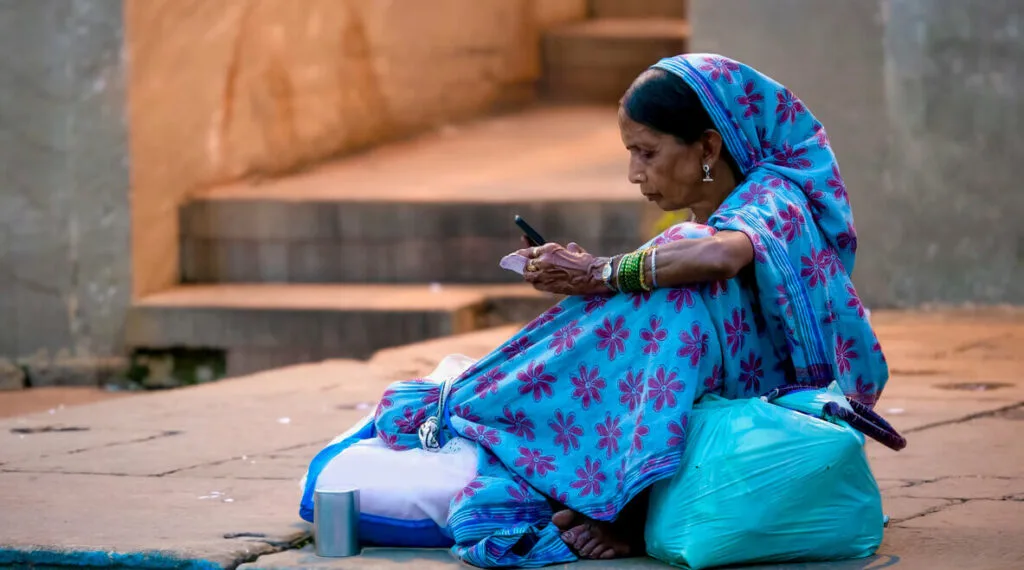Nine states in India, which have either ongoing or proposed cash transfer schemes for women, have collectively allocated $18 billion for the financial year 2024-25 (FY25), according to a report by Goldman Sachs Global Research. This allocation accounts for approximately 0.5% of India’s Gross Domestic Product (GDP).
Cash transfer schemes have become a strategic tool for political parties, especially in states, as they aim to appeal to women voters. One of the recent success stories is the Ladki Bahin Yojana in Maharashtra, launched by outgoing Chief Minister Eknath Shinde. The scheme, which provides Rs 1,500 a month to eligible women, is widely considered a key factor in helping the Mahayuti alliance, led by the Bharatiya Janata Party (BJP), secure a second consecutive victory in the state. Eligible beneficiaries, aged between 21 and 60 years, must have a household income of less than Rs 3 lakh annually.

Maharashtra also leads the states in terms of budget allocation for women’s cash transfer schemes, with a substantial $5.4 billion set aside, which represents 1.1% of the state’s GDP. Karnataka follows closely with $3.6 billion allocated for its scheme, accounting for 1% of its GDP. Haryana has proposed $2.5 billion for its women’s cash transfer scheme, while Madhya Pradesh has set aside $2.2 billion. Delhi’s scheme, offering Rs 1,000 per month to women above the age of 18, has the smallest allocation of $0.2 billion.

In terms of the amount given to women, Haryana’s proposed scheme stands out, offering Rs 2,100 per month to women aged 18 and above with an annual household income of less than Rs 2 lakh. This is followed by Karnataka, which provides Rs 2,000 per month. The amount across the states varies, with the minimum being Rs 1,000 per month.
Goldman Sachs notes the varying economic burden of these schemes on state economies. Haryana’s scheme is expected to have the largest impact, accounting for 1.7% of the state’s GDP, followed by Jharkhand and Madhya Pradesh at 1.2%. Delhi will experience the least financial burden, with the scheme making up only 0.2% of the capital’s GDP.

Several states, such as Assam and West Bengal, had already introduced such schemes earlier. West Bengal, which began its program in 2021, has allocated $1.7 billion, offering Rs 1,500 a month to eligible women aged 25 to 60 years, which accounts for 0.8% of the state’s GDP.



